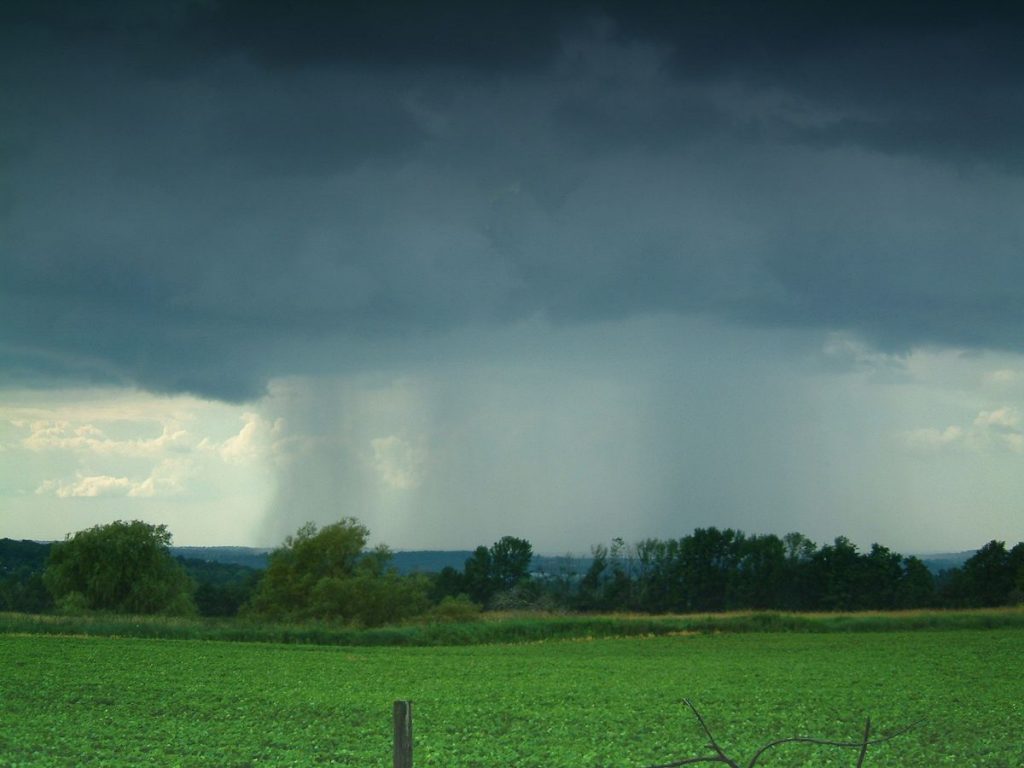By Clint Thompson
The need for dry weather was a concern for specialty crop producers in North Alabama following a rainy February. The region received a substantial amount of precipitation last month with minimal sunshine. It created challenges for growers trying to maintain their winter vegetables and for those producers preparing to plant their spring crop.

“We’ve been wet. It’s kind of like, we’ll get a day and a half of not and then it’ll start raining. Some places are a little drier than others. Someone told me we had 10.5 inches of rain in February. That’s not good,” said Eric Schavey, regional Extension agent in Northeast Alabama. “We’re four or five weeks away from our last frost date which is around that April 15 mark. We’re ready to pull beds up, lay plastic and get ready for those first plantings to go in right at that first frost date. It’s important over the next couple of weeks that we get these four to five days without precipitation.”
Disease management is essential as well. With increased moisture usually comes an uptick in plant disease instances. But it complicates matters if growers cannot get in the field to apply fungicides.
“Any time you have cloudy, humid, wet conditions, that’s all conducive to disease, fungus and everything. The problem is, can we get out into a field to spray a fungicide? We need some consecutive days of no rain. We need that sunlight,” Schavey said.
According to last week’s release of the U.S. Drought Monitor, there is still sufficient moisture in the northeast region of Alabama.
“February is usually our coldest month. We haven’t had the cold temperatures consistent, but we’ve had wetter conditions,” Schavey said. “The drought monitor says January was our wettest January on record. We’re still about an inch and a half above normal. The problem is we’re getting all of this rain, we’re getting an inch and a half just coming and saturating everything. And we’re staying cloudy.”










